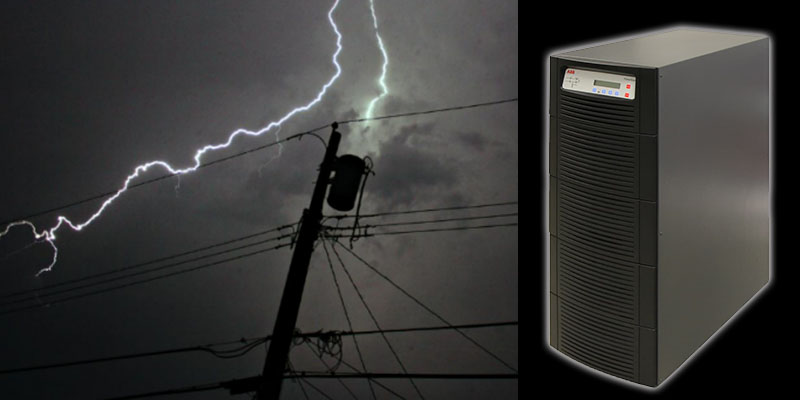On November 9, 1965, a major power outage left eight states on the North American East Coast paralyzed for thirteen hours, with more than 35 million people in the dark. For the first time in its history, the United States was experiencing a massive power outage that would also affect two states in Canada.
To this problem of darkness were added problems in air traffic, measured by communication, in the underground networks in general, many cities like New York collapsed. Thousands of people were imprisoned for hours in lifts and stopped trains.
One of the most notorious explanations on this issue was that the error was due to a network collapse due to a 375,000 volt surge connecting Canada to the northeast coast of the USA.
This blackout was the first we know of of many that the United States of America had to deal with.
This fact made very clear that the participation of products such as UPS and electrical supply equipment are essential in the economic and social life of a country in motion, because even if an electrical network seemed stable, it would never be compared with the reliability that uninterruptible power systems (UPS for its acronym in English) could offer because that is really their purpose to exist.
TYPES OF ELECTRICAL CURRENT
There are 2 types of electrical energy:
The Alternative Current (AC): Presents a voltage that changes polarity every half cycle, following a sinusoidal waveform and its current alternates its direction every half cycle.
The Direct Current (DC): It presents a voltage with fixed polarity and the current always circulates in the same direction.
The Alternative Current is found in the electricity supply networks and when is connected to the UPS it is converted into Direct Current through a rectifier. This energy will be stored in the UPS through its batteries and will be used when a power failure occurs so that critical mission or more important equipment does not shut down.
Inside the UPS is the inverter, whose function is to convert the Direct Current of the batteries into Alternating Current to power the equipment to be backed up.
The following examples are some of the elements that can never do without electricity or experience a blackout because it would be lethal for their activity.
- Operating rooms
- Banks
- Communication networks
- Nuclear Power Plants
- Air Transport
- Industrial processes
The UPS has a 10 minute backup time at full load. This means that they have these minutes to be able to save the information, stop a process or start the operation of an emergency plant.
The UPS is the most complete line conditioner since, in addition to supporting equipment to avoid loss of information or process; Delivers you clean and stable power out of voltage spikes.


